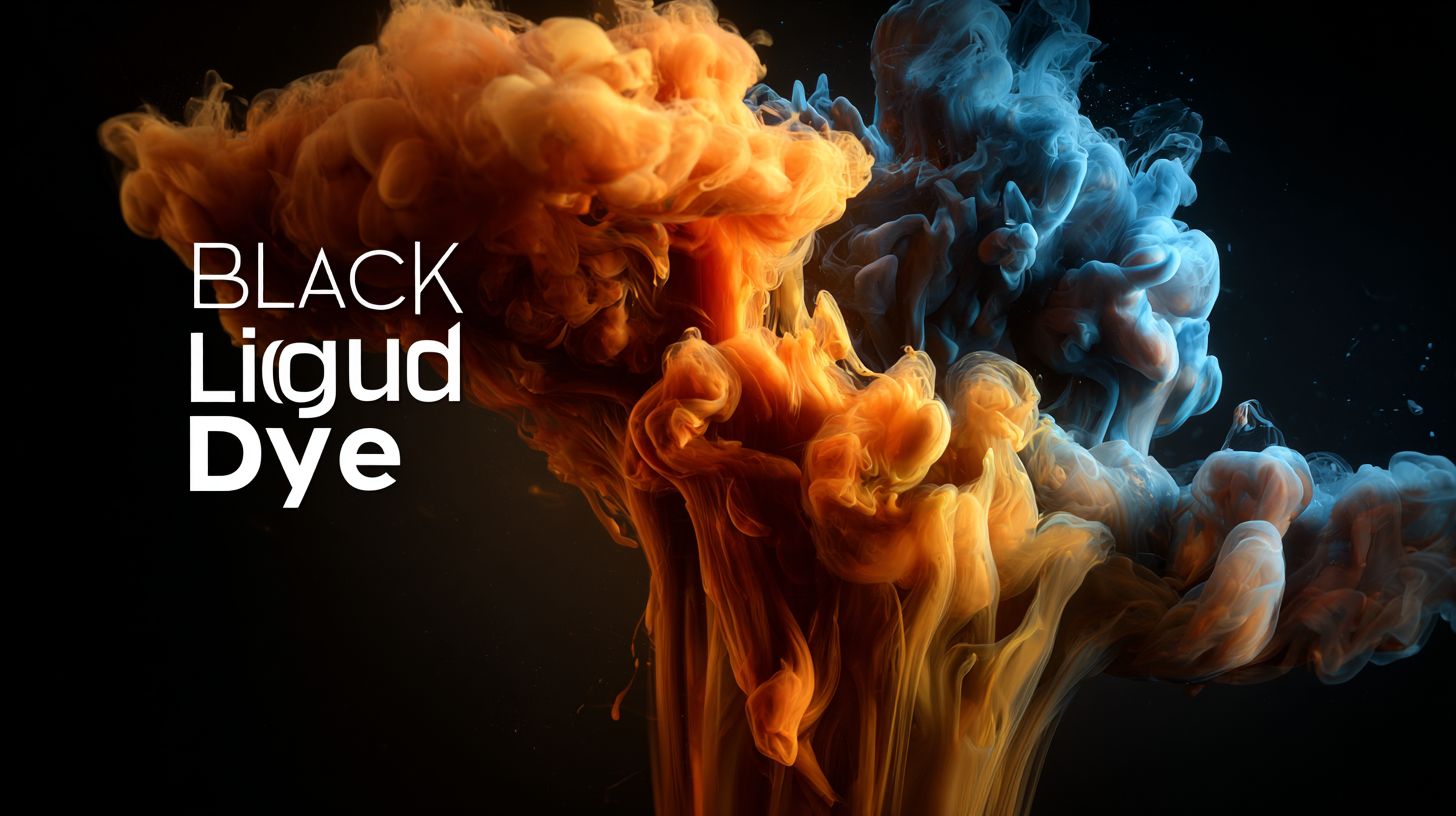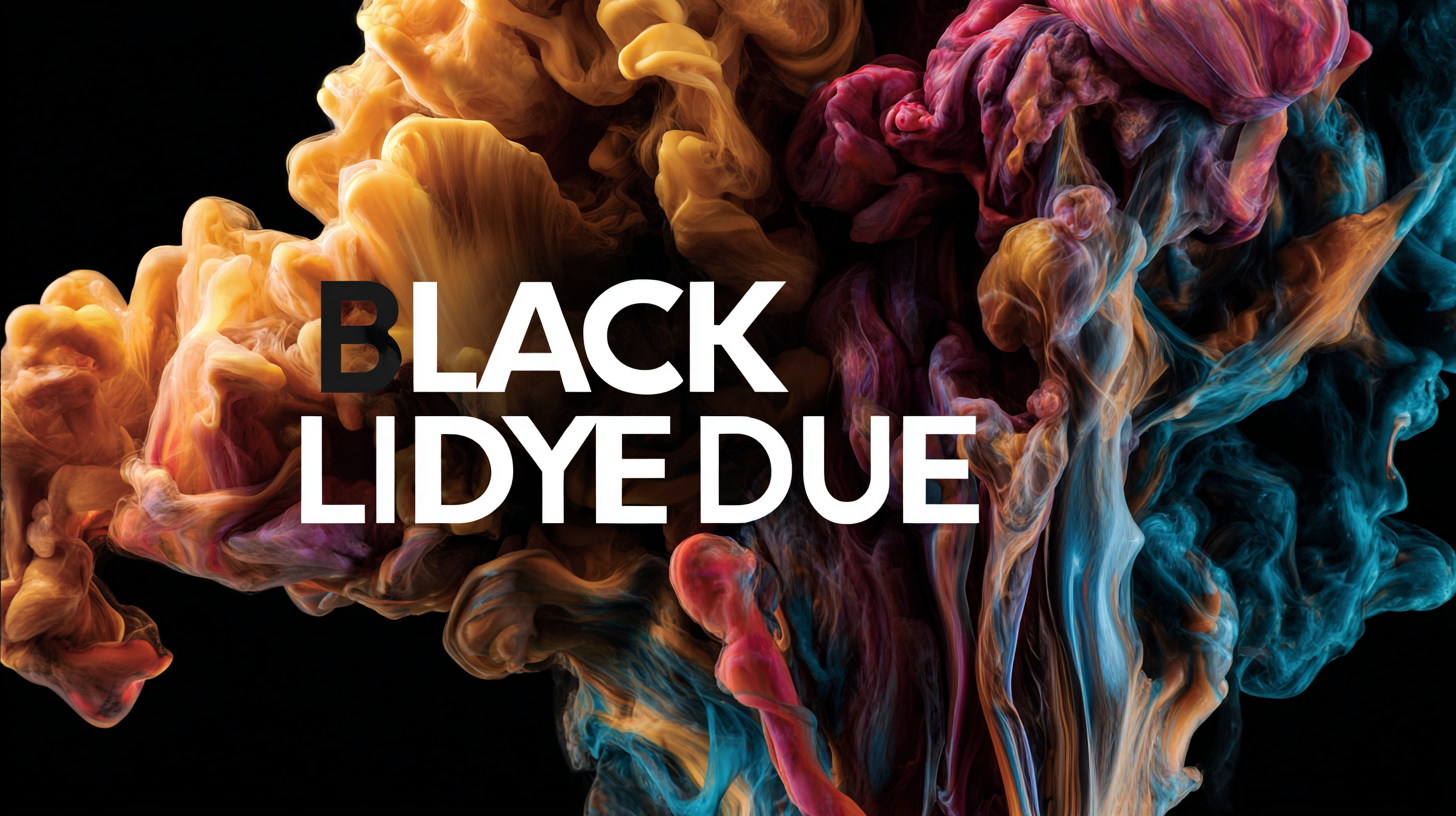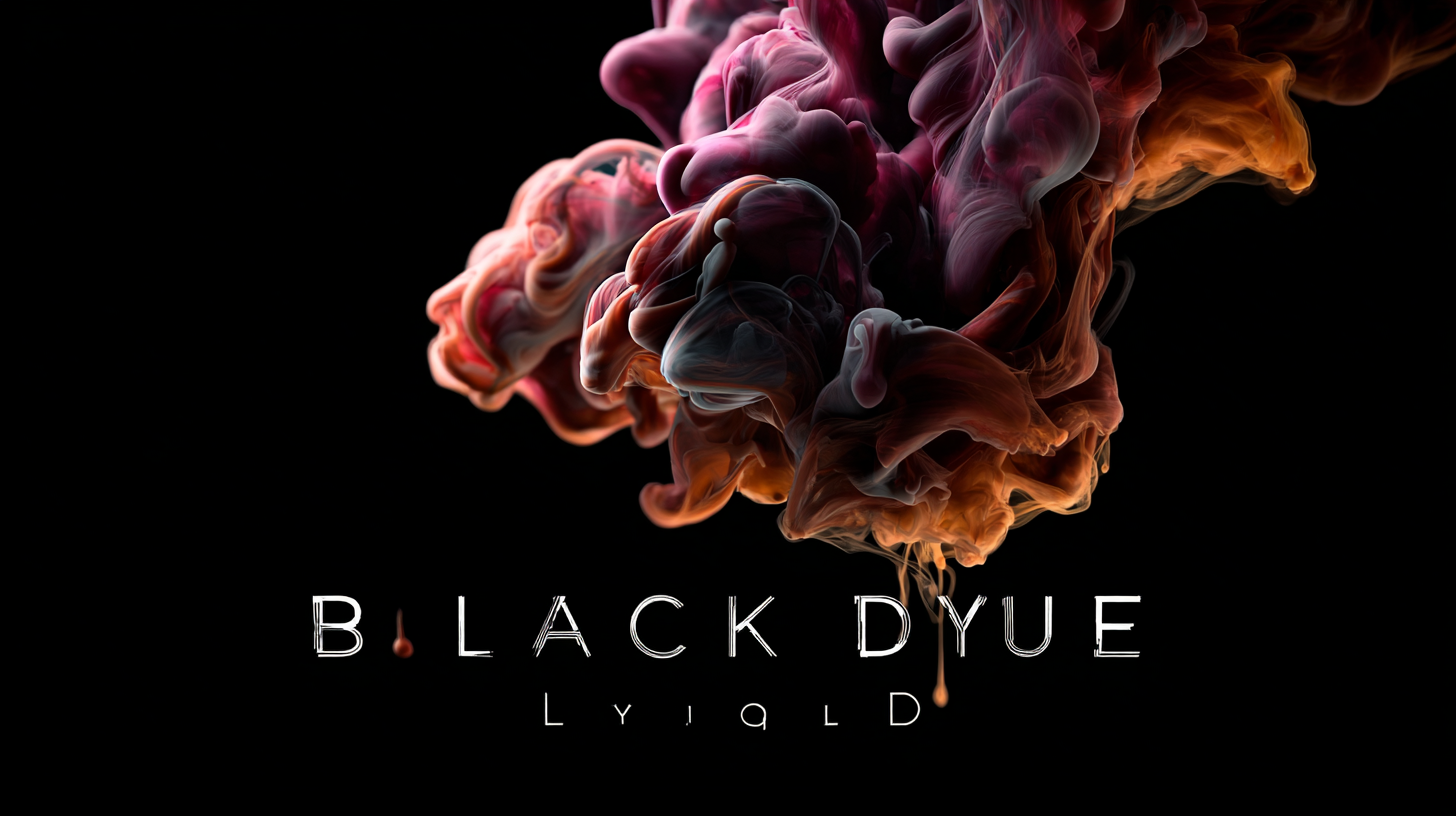In the ever-evolving landscape of industrial coloration, Black Liquid Dye has emerged as a leading choice for manufacturers and artists alike, thanks to its versatility and rich pigmentation. As we approach 2025, understanding the latest technical specifications and application techniques of this essential dye becomes crucial for global buyers striving to enhance their production processes. This blog delves into the critical industry trends that are shaping the future of Black Liquid Dye, providing insights into its categorization and optimal usage across various sectors. With a comprehensive application tutorial, we aim to equip readers with the knowledge and solutions necessary to stay competitive in a rapidly advancing market. Join us as we explore the best practices and innovative approaches to utilizing Black Liquid Dye effectively, ensuring maximum impact for your projects.

When searching for the best black liquid dye, buyers should focus on several key attributes that ensure high-quality results. First, the dye's solubility plays a crucial role in its performance. A premium black liquid dye should dissolve evenly in water or solvents, preventing clumps or sediment that can disrupt the coloring process. This attribute is essential for achieving consistent color, particularly in applications such as fabric dyeing, food coloring, or cosmetic formulations.
Another important characteristic to consider is the dye's lightfastness and washfastness. These properties determine how well the dye holds up against exposure to sunlight and washing processes. Buyers should prioritize dyes that offer excellent light and wash durability, especially for products that will experience frequent handling or outdoor use. Additionally, compatibility with various materials—be it textiles, plastics, or paper—ensures versatility, making the dye suitable for a broader range of applications. By focusing on these key attributes, buyers can make informed decisions, leading to enhanced product quality and customer satisfaction.
| Property | Specification | Application Field | Safety Considerations |
|---|---|---|---|
| Color Fastness | Grade 5 (Excellent) | Textiles, Leather | Use gloves during application |
| Viscosity | 100-300 cP | Inks, Coatings | Avoid ingestion |
| Solubility | Water soluble | Food Industry, Cosmetics | Conduct patch test for skin contact |
| pH Range | 4.5 - 7.5 | Paper, Textiles | Store away from acids |
| Minimum Order Quantity | 500 liters | Industrial Use | Check compatibility with other chemicals |
Understanding the technical specifications of black liquid dyes is crucial for buyers looking to make informed purchasing decisions. These dyes are typically characterized by several key factors including solubility, pigment concentration, and stability under varying conditions. Solubility determines how well the dye can integrate into different materials, which is essential for applications ranging from textiles to cosmetics. A high solubility level ensures uniform color distribution and prevents issues such as sedimentation or clumping.
Another important specification to consider is pigment concentration, as it directly impacts the richness and intensity of the color. Buyers should also evaluate the lightfastness and wash-fastness properties of the dyes, which indicate their durability and resistance to fading over time. Furthermore, stability under heat and pH variations should not be overlooked, especially in applications involving extreme conditions. By understanding these technical specifications, global buyers can select black liquid dyes that best meet their needs across various industries.

When considering the utilization of black liquid dye across various industries, it is essential to understand comprehensive application techniques that can enhance product quality and efficiency. In the textile industry, for instance, black dye is crucial for achieving deep, rich hues in fabrics. Techniques such as pre-mordanting and batch dyeing are commonly employed to ensure even coloration, particularly in natural fibers like cotton and wool. For synthetic fabrics, techniques like continuous dyeing processes can facilitate rapid mass production while maintaining high color fidelity.
The automotive and consumer goods industries also benefit from black liquid dye applications. In plastics, for example, black dye can be seamlessly incorporated during the molding process, allowing for uniform color distribution and enhanced UV stability. Similarly, in coatings and inks, careful selection of dye formulations is vital; techniques like pigment dispersion and binder compatibility can significantly influence the final product’s durability and appearance. Each industry not only necessitates specialized application methods but also stresses the importance of adhering to safety and environmental regulations while experimenting with different formulations.
When searching for the best black liquid dyes on the market, it’s crucial to consider a few key factors that can significantly impact your results. First, examine the dye's composition; opt for dyes that are eco-friendly and non-toxic, especially if they will be utilized in products for children or food items. Additionally, check the heat and lightfastness of the dye, as these properties determine how well the color will hold over time.

Tips: Always conduct a small patch test before applying any dye extensively. This ensures the desired hue and helps to avoid any unwanted surprises. Furthermore, choosing a dye that easily blends with other colors can expand your creative applications, making your projects more versatile.
Another important aspect to consider is the dye's solubility and ease of use. Some dyes dissolve better in water, while others may require specific solvents. Make sure to read the manufacturer’s instructions carefully, especially if you're a beginner. In this competitive market, a comprehensive understanding of each dye's technical specifications will provide a substantial advantage in achieving your desired outcomes in various applications.
When it comes to selecting the right black liquid dye for your needs, several key factors must be considered to ensure you achieve the desired results. One of the most important aspects is the type of material you’ll be dyeing. Different fabrics and surfaces absorb dyes in varied ways; natural fibers like cotton tend to soak up dye more effectively than synthetic materials such as polyester. Additionally, the dye's formulation can influence the richness of the color and its longevity, so it's essential to match the dye type with your project's requirements.
Another crucial consideration is the dye's compatibility with your intended application process. Whether you're using immersion dyeing, spray application, or a more complex method, the chosen black liquid dye must perform well under those conditions. Evaluating the technical specifications, such as lightfastness and washfastness, will provide insight into how the dye behaves over time and through various treatments. By understanding these elements, you can make an informed decision, ensuring that the black liquid dye you select meets your artistic and practical needs efficiently.
